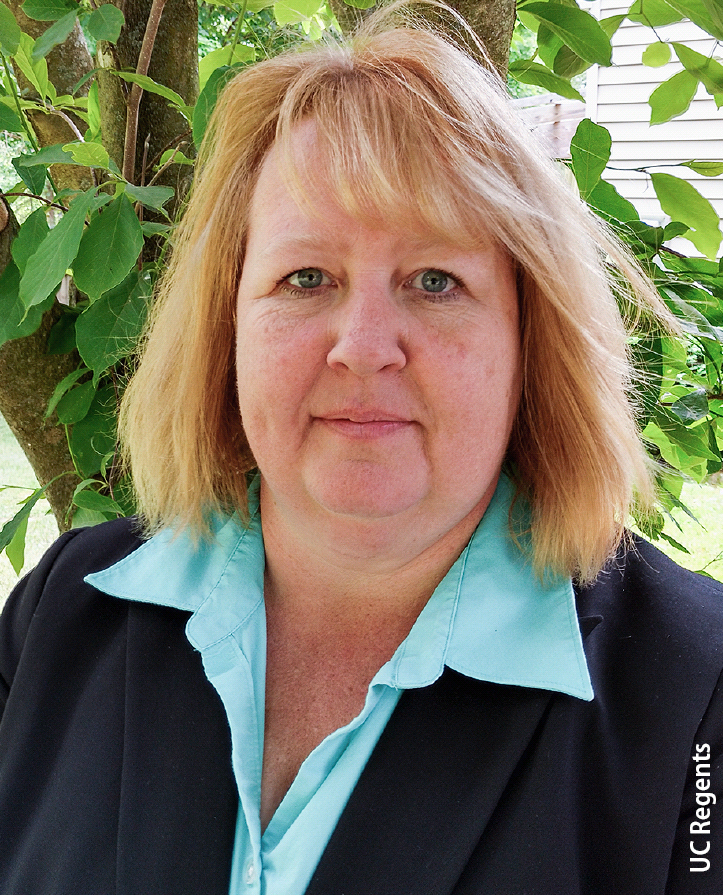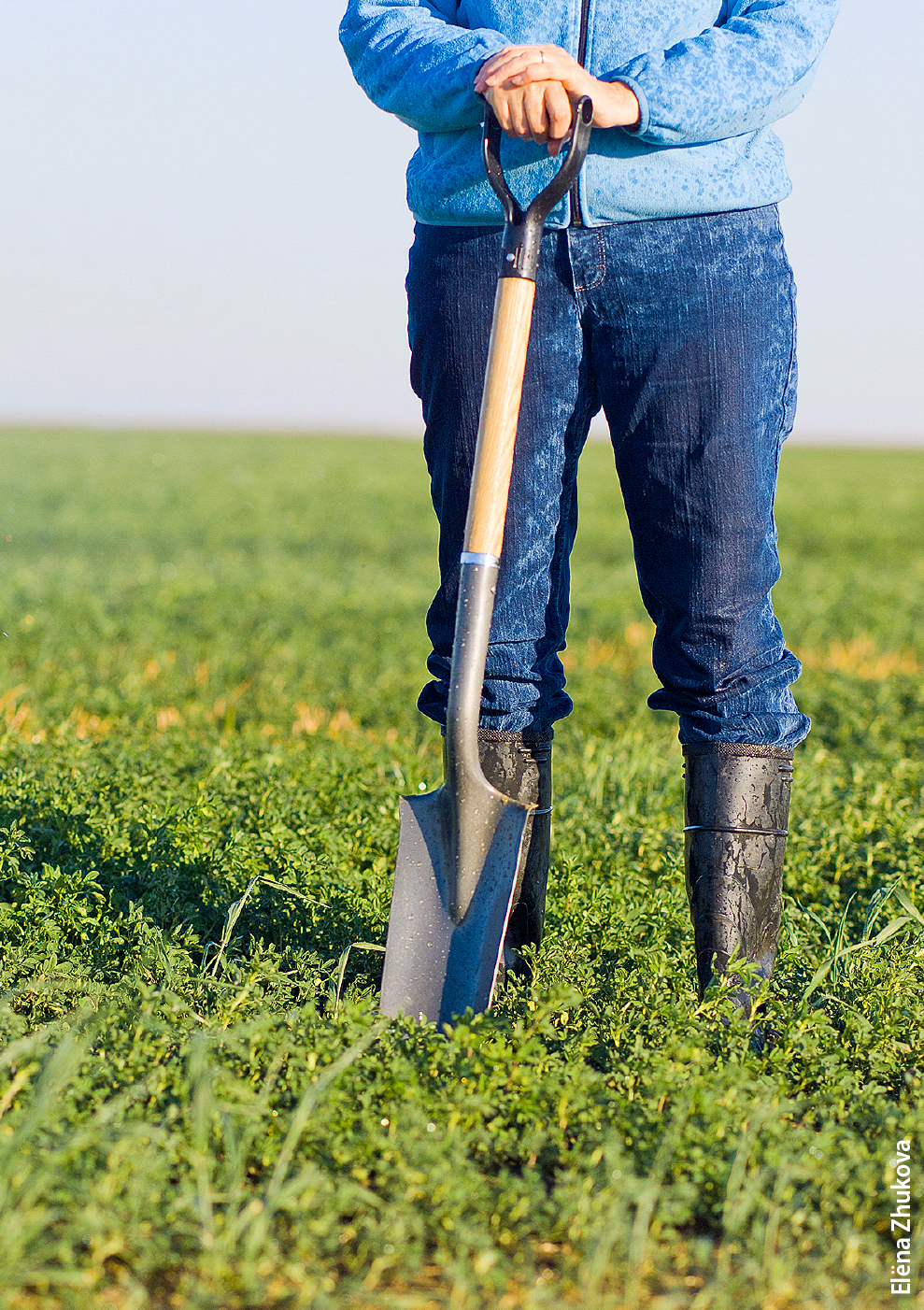All Issues
Measuring our impact, setting our course
Publication Information
California Agriculture 71(4):196-196. https://doi.org/10.3733/ca.2017a0046
Published online November 15, 2017
PDF | Citation | Permissions
NALT Keywords
Summary
UC ANR is a network of change agents who care about the health and welfare of people, communities and natural resources.
Full text
UC ANR is a network of change agents who care about the health and welfare of people, communities and natural resources. We effect change by translating science into practices and behaviors that transform thinking and lives. Our programs in agriculture, youth development, nutrition and natural resources make a difference. We see it in our communities and we hear it from our clients and partnering organizations. But how do we help those who are more distant from our efforts understand the difference we make, not for the sake of recognition but rather to recruit more people to engage with us and benefit from what UC ANR has to offer? And how do we determine what differences we want to make?
Since arriving last year to serve as Associate Vice President for UC ANR statewide programs and UC Cooperative Extension, one of my key responsibilities has been to ensure that our research and extension activities are on track to meet our ambitious Strategic Vision 2025 targets. As Apple co-founder Steve Jobs said, “Deciding what not to do is as important as deciding what to do.” (Isaacson 2012). If we want to achieve our targets, UC ANR must identify the differences we want to make and steer our efforts in that direction.
In recent months, I have been working with academics across the division to develop a new structure for focusing on those differences and identifying the evidence we will use to document the changes that result from our work. This structure will be formalized as condition changes. Academics can demonstrate how their own work supports the condition changes through condition indicators.
Condition changes are broad, state-level or societal-level changes that we hope to effect (recognizing, of course, that UC ANR is one of many organizations working in these subject areas). The research articles in this issue highlight UC ANR's work towards the following condition changes: improved water resource utilization, increased farmer or rancher profitability, enhanced resiliency towards climate uncertainties, and increased college readiness of youth.
Condition indicators provide quantitative evidence of our progress toward a given condition change. There may be many condition indicators for each condition change. Examples from the research papers in this issue that correspond to the above condition changes might include: decreased water used for cooling cows, reduced soil salinity or increased forage yields, avoidance of catastrophic crop loss during drought years, and an elevated college acceptance rate for youth participating in 4-H.
Our approach to measuring incremental change embraces the philosophy of children's rights activist Marian Wright Edelman, who advises that “we must not, in trying to think about how we can make a big difference, ignore the small daily differences we can make which, over time, add up to big differences that we often cannot foresee.”
In UC Cooperative Extension county offices, on campuses and at Research and Extension Centers, we are committed to constant and continuous improvement of what we do, to achieve our strategic vision. We value the need for new partnerships, and for professional development across the continuum. We will continue to identify what outcomes are needed from our work, measuring our progress, and, just as importantly now, equipping leadership to share more broadly the impact of our work, to reach more people and soar over the ever-rising bar that life's challenges bring.






